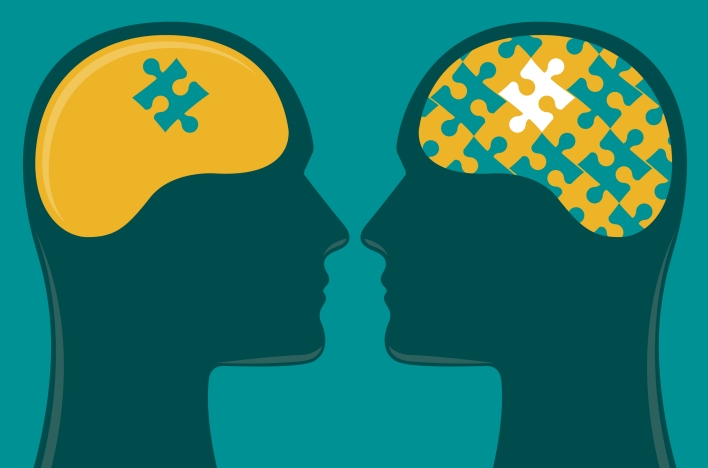Where does creativity come from? Many think the world’s biggest breakthroughs are the result of “lone geniuses” while others believe that you need large groups of people laboring together.
In his new book, “Powers of Two,” author Joshua Wolf Shenk argues that partnerships are actually the most reliable source of innovation. Even when a single person appears to be the sole creator of a major work, there is usually a silent partner who made major contributions.
“It’s very often hidden from view,” Shenk said, “and it leaves us with a false impression that a lone genius is responsible for a work of creativity.”
For “Powers of Two,” Shenk researched hundreds of partnerships to see what made them tick. Here are some of the qualities thebest partnerships had in common.
Electricity // This is the charge that you get when you’re working with someone who has similar interests, qualities or background, but is still different enough to challenge you.
Joint identity // After a certain point, the individuals become more interdependent and essentially form a joint identity. They spend a great deal of time working together and develop a deep level of trust in one another, which enables them to take larger risks. One sign of a joint identity is language—the partners finish each other’s sentences and may even have their own verbal shorthand.
Roles // Successful creative pairs often have different roles inside their partnership. Take Matt Stone and Trey Parker, the creators of “South Park.” Parker generates many of the show’s ideas, while Stone tends to be the one who figures out logistics and production issues. From the outside, it might look like one person is more responsible for the pair’s success, but that’s not true. Both partners’ contributions are needed to produce the end work. And individuals’ roles may shift in different situations.
Distance // While creative pairs do work closely together, they also know when to give each other space. That’s important because many creative thinkers need to relax and putter on their own before they have an epiphany. Then they can bring their fresh ideas back to their partner. Together the pair can analyze and refine those insights.
Tension // The best creative pairs don’t always get along. In fact, they may actually be competing with each other, even if they don’t explicitly say so. This push and pull is essential because it challenges each partner to deliver a better performance.
Interruption // All things end, even powerful partnerships. The partners age, move or even die. Differences in personality become overpowering. Sometimes the complicating factor is disagreements over money and credit.
But even if the partners don’t work together anymore, Shenk said, the partnership usually isn’t truly over. He gives the example of McCartney and Lennon. Years after Lennon’s death, McCartney has said, he still has conversations in his head with his old partner.
Looking for a partner of your own? Shenk recommends trying out a lot of small connections with people and paying attention to the ones that work out, so you can devote more time to those potential partnerships.
“They can’t be engineered as though you’re making a car,” Shenk said, “but you can ‘prototype’ them and, from a series of prototypes, choose the ones that work.”

